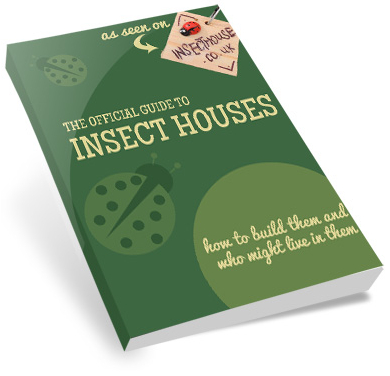Grubs Worth More Than Truffles
Having said we don’t really approve of eating creepy-crawlies we suppose we’d better clarify that position. We certainly don’t approve of eating live creepy-crawlies, nor of eating anything to excess like in cockroach-eating competitions. But we accept that arthropods are a valuable source of protein and that entomophagy (Henry says: that means “eating insects for food”) can be a cheap and sustainable form of nutrition, as well as a useful way of dealing with pest species.
According to the Encyclopedia of Entomology (be warned, it’s pretty hardcore!), properly cooked and dressed Asian house crickets (Acheta domestica) are twice as efficient at conversion-of-foodstuff-to-protein as pigs or chickens, four times as efficient as sheep, and six times as efficient as beef cattle. Based on statistics like those, and with a growing world population increasingly demanding more than just a subsidence standard of living (and who wouldn’t?), bugs may yet prove to be part of the answer.
In the West, we see eating insects as weird, backward or gimmicky (even though there’s not much difference between eating a cricket and eating a prawn, and it’s interesting to note that prawns, lobsters and langoustines are among the most prized culinary offerings in Western restaurants!) This is mainly because we can afford to keep and eat mammals, whereas diets in less privileged parts of the world are more heavily reliant on vegetables and insects. Kebabed crickets, crunchy fried tarantulas and baked mealworms are considered a delicacy in many countries, but aspirational middle-classes across the globe seem determined to forgo bugs and embrace beef. There’s only so much agricultural land and water to go round, so something will have to give and it will be interesting to see how our cultural sensibilities stand up to the challenge of meat become an expensive rarity.
The reality show I’m a Celebrity Get Me Out of Here is well known for its “bushtucker trials” which involve munching various insects. This strikes us as a bit tasteless really (the trials, that is, not the bugs – they’re delicious) as it’s only done for cheap laughs and shock value. But, it does make the point that bugs are edible. And if you want to find out just what your favourite celeb is enduring, there’s now an official line of IACGMOOH edible bugs: BBQ flavour mealworms and salt-and-vinegar crickets.
At this point, words start to fail us. These mealworms are exactly the same Tenebrio molitor grubs you can buy for your bird table at a not unreasonable £2 for 100 grammes. But put them in a box, add a bit of flavouring and a sprinkling of merchandising magic and, hey presto!, suddenly you can charge £3.99 for 3 grammes! That’s 65 times as much or £1300 per kilo! (For comparison, gold is currently only £36000 per kilo and that doesn’t even grow on oatmeal.)
The crickets are even worse – £3.99 buys you 1 single, solitary, lonely, unique, isolated gramme. That’s £4,000 per kilo… In other words, IACGMOOH reckon they’re worth about the same as white truffle (Tuber magnatum) or beluga caviar (Huso huso) and nearly as much as saffron (Crocus sativus)! To be fair, these insects will have been bred and prepared in conditions which guarantee they’re safe for human consumption, but we still can’t quite make the figures stack up. It may be that the manufacturers are taking food hygiene to ridiculous lengths, and we all know that merchandising royalties are pretty steep these days, but we still reckon the huge price differential between birdy-bugs and people-bugs means someone’s having a laugh.
Even without prices like that, a lot is going to have to change before insects become the answer to the world food crisis. We’ll do our bit and try to get you an article soon on growing your own mealworms for snacks – if you dare! In the meantime, Henry reckons he’s more still likely to eat a mealworm than a sprout any day…








Leave a Comment